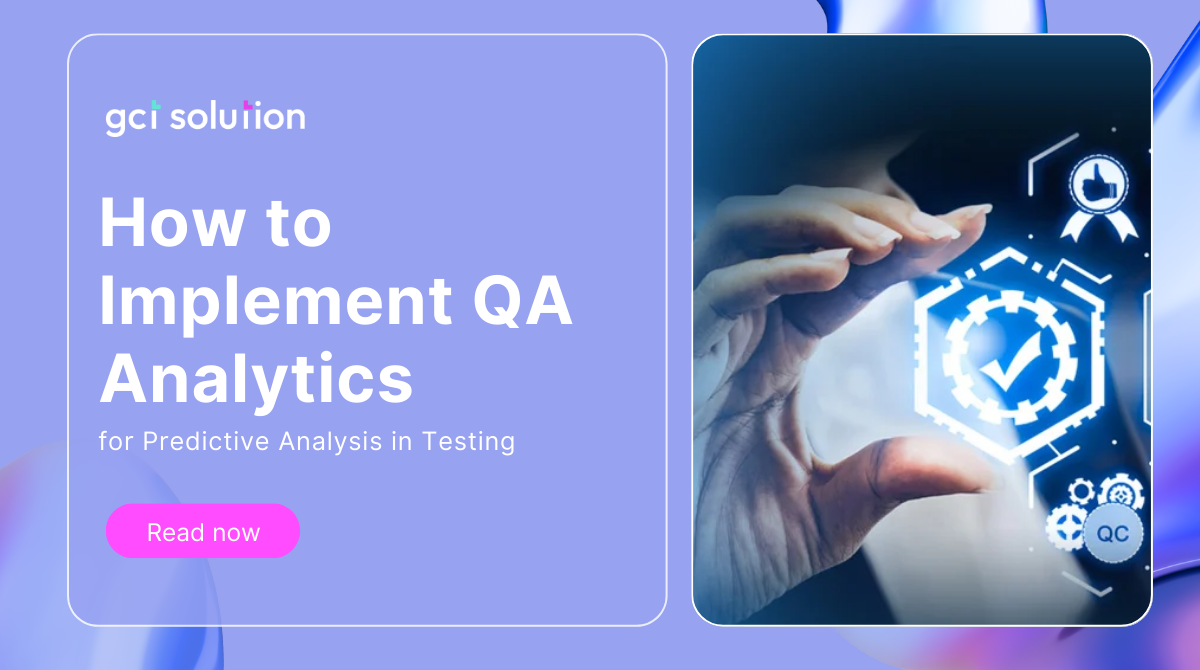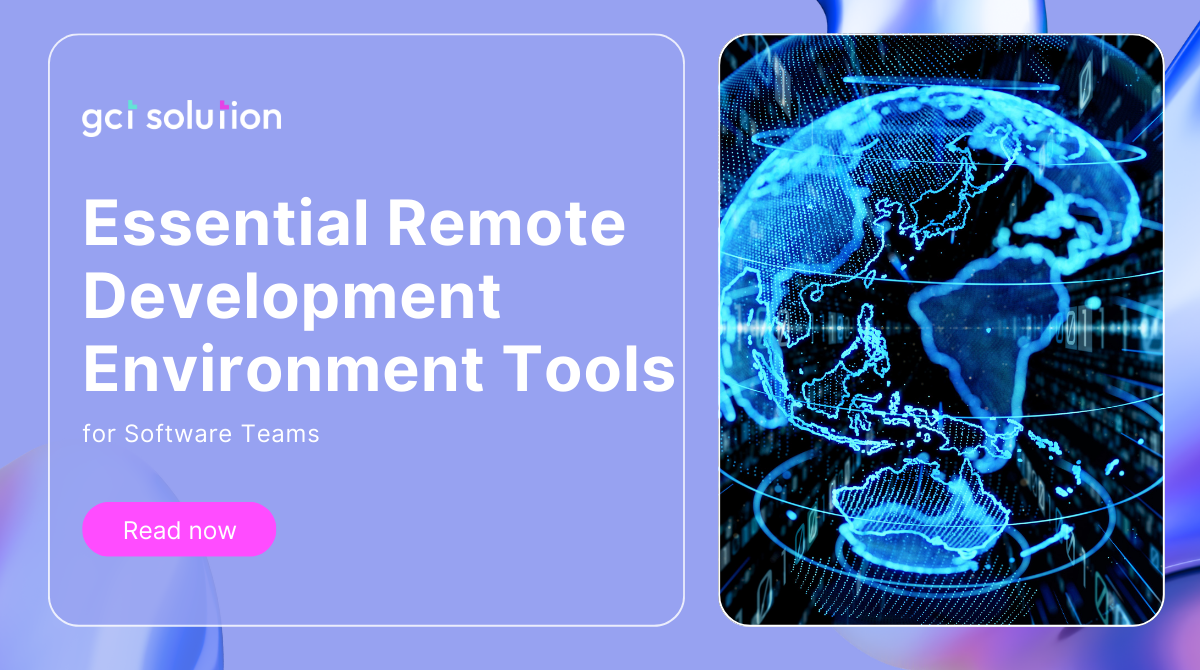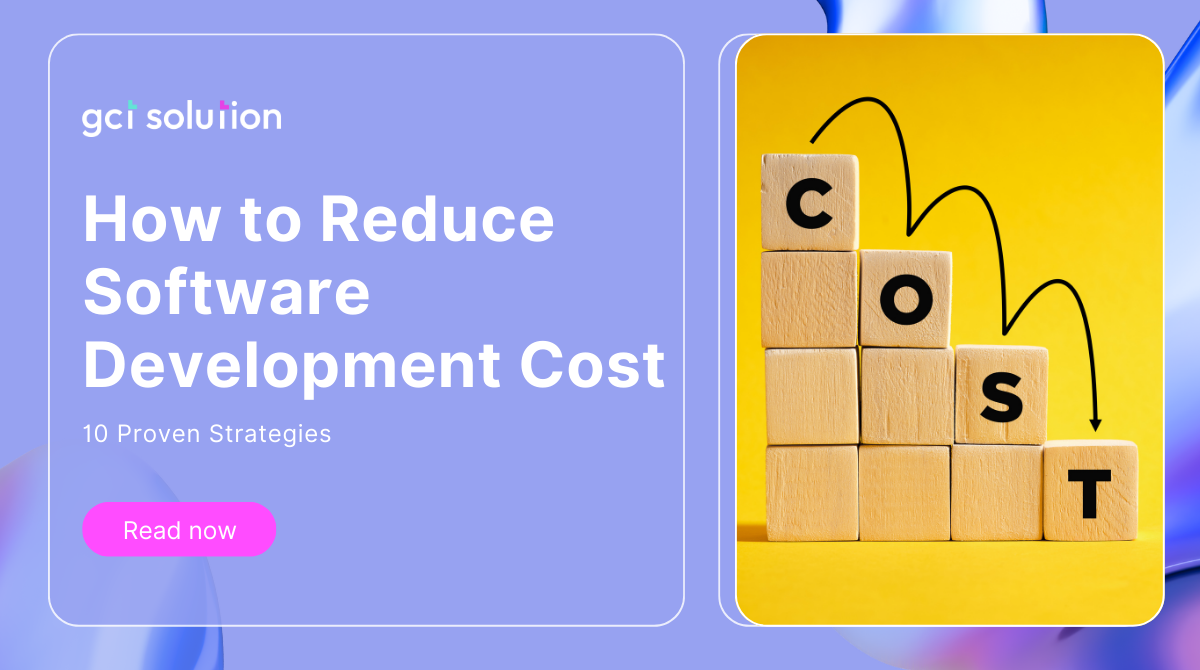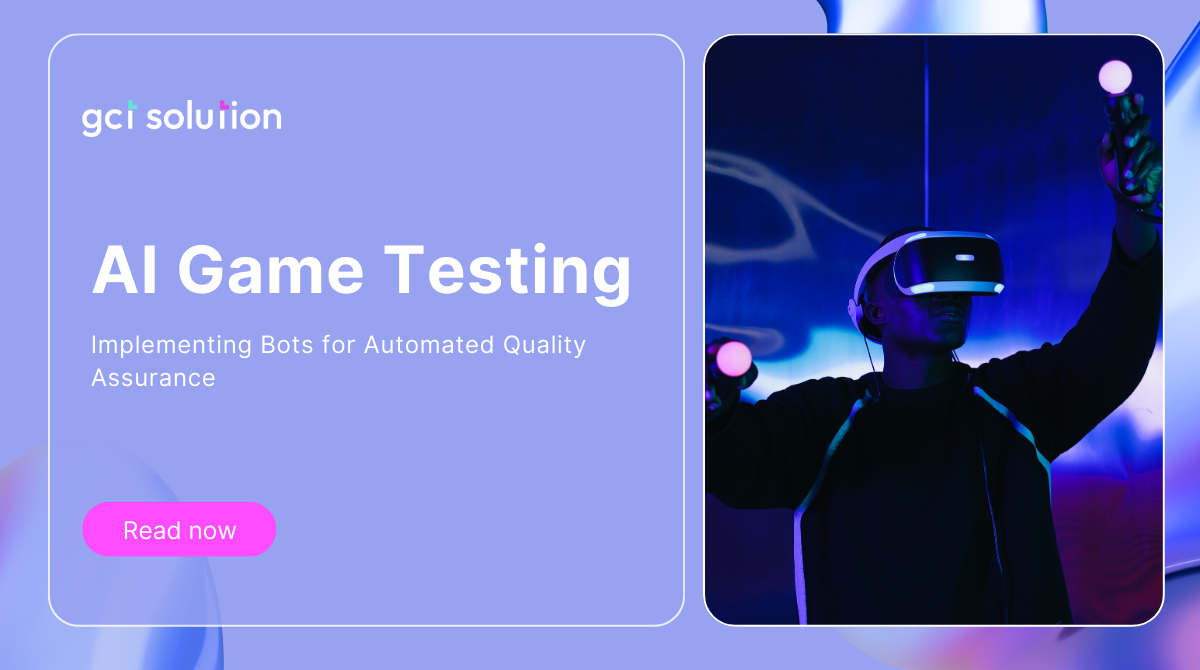How to Implement QA Analytics for Predictive Analysis in Testing
Delivering top-notch software products quickly has become essential more than ever. But how can teams ensure that what they release is not just fast, but also high-quality? Enter QA analytics and predictive analysis—two powerful allies in the quest for quality.
Imagine being able to predict issues before they become problems, much like a weather forecast that tells you to carry an umbrella before it rains. That’s the magic of predictive analysis in QA. It uses historical data to uncover patterns and insights that help teams make informed decisions, ultimately leading to a smoother testing process and a better product.
In this blog, we'll explore how you can implement QA analytics effectively for predictive analysis in your testing processes. We’ll break it down into manageable steps and highlight the benefits along the way, making the journey as smooth as possible.
Understanding Predictive Quality Analytics
A. Overview of Predictive Quality Analytics
So, what exactly is predictive quality analytics? At its core, it’s about using data to anticipate future outcomes. Picture this: you have a treasure trove of data from previous testing phases. By analyzing this information, you can identify patterns that indicate where potential issues may arise in your current project.
This approach not only streamlines the testing process but also helps teams focus their efforts on the areas that matter most. Instead of waiting for problems to pop up, teams can proactively address them, enhancing the overall quality of the software being developed.
B. The Role of Machine Learning and AI
Let’s talk about the exciting role of machine learning and artificial intelligence (AI) in this equation. These technologies can analyze vast amounts of data far faster than any human ever could. They spot trends and anomalies that might go unnoticed, enabling teams to take action before a minor glitch turns into a major headache.
Imagine having a smart assistant that alerts you to potential risks, so you can focus on what really matters—creating amazing software. By harnessing the power of machine learning and AI, teams can move from reactive to proactive quality assurance, making informed decisions that elevate their projects.

You may also like this blog:
Artificial Intelligence vs Machine Learning: Why Are They Difference?
Benefits of QA Analytics in Predictive Analysis
A. Early Detection of Defects
One of the most significant advantages of using QA analytics for predictive analysis is the ability to detect defects early. Think of it like a health check-up: by identifying potential issues before they escalate, you can save time, money, and a lot of stress.
When teams analyze historical data, they can recognize patterns that indicate where defects are likely to occur. This foresight allows them to address these issues proactively, ensuring that the final product meets quality standards and delights users. Nobody likes dealing with bugs after a release; wouldn’t it be nice to catch them before they become a problem?
B. Enhanced Testing Efficiency
With the help of QA analytics, testing becomes much more efficient. Instead of running every test on every piece of code (which can be a time-consuming process), predictive analysis allows teams to focus on the tests that matter most.
Imagine being able to streamline your testing efforts so that you’re only spending time on the most critical areas. By identifying which tests are essential and which can be deprioritized, teams can work smarter, not harder. This efficient approach not only saves time but also maximizes resource utilization, ensuring that everyone’s efforts are directed toward enhancing the quality of the product.
C. Improved Decision-Making
In today’s data-driven world, having access to the right information at the right time can be a game-changer. QA analytics empowers teams to make informed decisions based on real data, rather than relying on gut feelings or guesswork.
When teams understand the potential impact of various factors on software quality, they can prioritize their efforts effectively. For instance, if predictive analysis highlights a specific area that frequently experiences issues, teams can decide to allocate more resources there. This strategic decision-making leads to better outcomes and higher-quality products that meet customer expectations.
Steps to Implement QA Analytics for Predictive Analysis
Ready to dive into the implementation process? Here are some straightforward steps to help you successfully integrate QA analytics for predictive analysis into your testing strategy.

A. Data Collection and Integration
The first step is gathering all relevant data from various sources, including defect logs, test case results, and user feedback. Think of it as collecting ingredients before baking a cake—you need everything in one place to create something delicious!
Centralizing this data allows teams to access a comprehensive dataset that informs predictive analysis. It’s also important to ensure that the data collected is of high quality and consistent across sources. Investing in tools that facilitate seamless data collection and integration will pay off in the long run.
B. Data Preprocessing
Once you have your data, the next step is preprocessing. This involves cleaning and transforming the data into a usable format. You wouldn’t serve a cake with raw ingredients, right? The same goes for data.
During this phase, you’ll want to normalize the data, handle any missing values, and detect outliers. Effective preprocessing helps ensure that your predictive models are built on solid foundations, leading to more accurate insights and better decision-making.
C. Model Selection and Training
Now it’s time to choose the right predictive models. This is like selecting the best recipe for your cake. There are various techniques to consider, such as regression analysis and classification models, each with its strengths and purposes.
After selecting your models, you’ll need to train them using historical data. This process involves splitting the data into training and validation sets, optimizing model parameters, and evaluating performance to ensure reliability. A well-trained model can provide valuable predictions that enhance your QA processes.
D. Real-Time Predictive Analysis
Once you’ve trained your models, the next step is to implement real-time predictive analysis within your QA processes. Imagine having a continuous feedback loop that alerts you when something isn’t right. This is where the magic happens!
By deploying your trained models to analyze incoming data during production, you can generate insights and alerts that guide immediate action. For instance, if an anomaly is detected, your team can respond swiftly, addressing the issue before it affects the user experience.
A centralized dashboard can be a valuable tool for this purpose, providing real-time visualizations of key performance indicators (KPIs) and quality metrics. This way, your team can monitor quality performance and quickly identify areas needing attention, ensuring that you stay ahead of potential problems.
You may also like this blog:
7 Steps of Full-Cycle QA Testing
Challenges in Implementing QA Analytics
While the benefits of QA analytics for predictive analysis are impressive, it’s important to acknowledge that challenges may arise during implementation. Here are a few common hurdles you might encounter:
A. Data Quality Issues
One of the biggest challenges is ensuring data quality. If your data is flawed, your predictions will be too. Poor data quality can lead to inaccuracies and undermine the effectiveness of your predictive analysis.
To combat this, establish robust data governance practices. Make sure you’re collecting complete and consistent data. Investing in data cleansing and validation tools will help maintain high standards, allowing you to trust the insights you derive from your analytics.
B. Resistance to Change in Traditional QA Processes
Implementing predictive analytics often requires a cultural shift within organizations. Many teams are accustomed to traditional QA practices that focus on manual testing and reactive approaches. Change can be difficult, and some team members may be hesitant to embrace new methodologies.
To address this, prioritize training and education. Help your team understand the value of QA analytics and predictive analysis. Encouraging a culture of continuous improvement and data-driven decision-making will facilitate the transition from old habits to new, more effective practices.
C. Complexity of Tools and Technologies
The tools and technologies used in predictive analytics can be complex, which may pose a barrier to successful implementation. Many organizations may lack the technical expertise required to effectively utilize advanced analytics platforms.
To navigate this complexity, invest in user-friendly tools that empower your QA teams. Additionally, consider collaborating with data scientists or external consultants who can provide the necessary support and guidance as you implement predictive analytics in your processes.
Best Practices for Effective QA Analytics Implementation
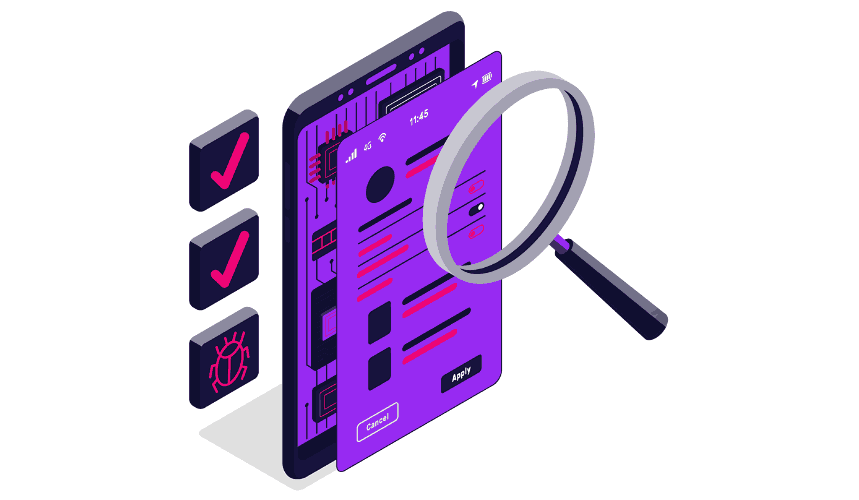
Now that we’ve covered the steps and challenges, let’s dive into some best practices to ensure a successful implementation of QA analytics for predictive analysis:
A. Establishing Clear Objectives
Before starting your implementation, take the time to define clear objectives. What do you hope to achieve through QA analytics and predictive analysis? Whether it’s reducing defect rates, improving testing efficiency, or enhancing user satisfaction, having these goals in mind will help align your team’s efforts.
When everyone knows the destination, it’s easier to navigate the journey together.
B. Continuous Monitoring and Improvement
Implementing QA analytics is not a one-and-done effort; it requires ongoing monitoring and improvement. Regularly assess the effectiveness of your predictive models and refine them based on new data and insights.
Establish a continuous feedback loop that allows your team to adapt and improve as needed. By tracking key performance indicators (KPIs) related to quality and efficiency, you can gain valuable insights into the success of your predictive analytics implementation and identify areas for further enhancement.
C. Training and Empowering QA Teams
Investing in your QA team’s training and development is crucial for successfully adopting predictive analytics. Equip them with the necessary skills and knowledge to effectively utilize analytics tools and interpret data insights.
Foster a culture of empowerment where team members feel confident in their ability to leverage data for decision-making. This not only enhances the effectiveness of your QA processes but also creates a motivated team ready to tackle the challenges ahead.
Final Thought:
In conclusion, implementing QA analytics for predictive analysis is not just a technical upgrade; it’s a transformative approach that empowers teams to enhance software quality and testing efficiency. By leveraging historical data and machine learning techniques, organizations can proactively identify defects, optimize testing processes, and make informed decisions that lead to better product outcomes.
So, if you’re ready to elevate your QA processes and ensure your software is not just functional but exceptional, it’s time to embrace the power of QA analytics and predictive analysis.
Ready to elevate your software quality and testing processes? Discover how QA analytics and predictive analysis can transform your approach. Explore our solutions today!

